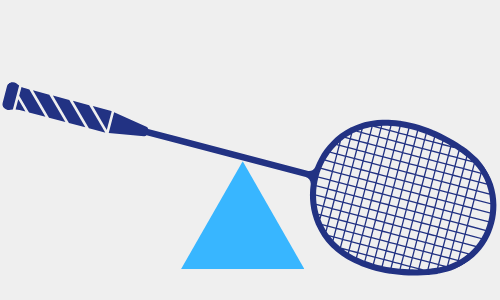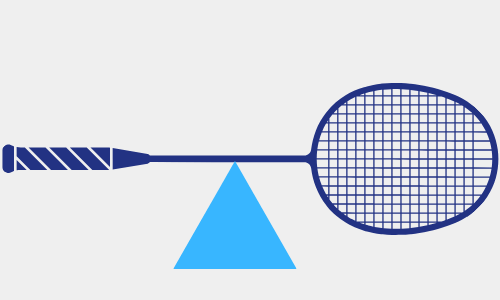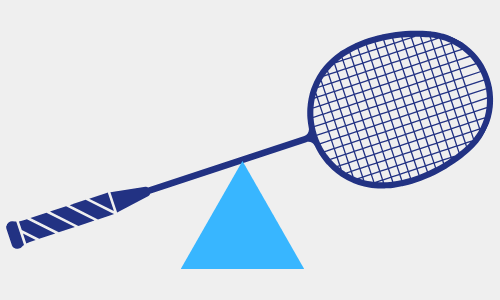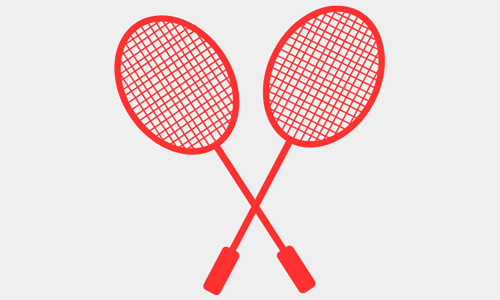How to Choose a Badminton Racket
Discovering the perfect badminton racket that suits your game may seem overwhelming initially. With an extensive selection of rackets offered by various brands, it can be challenging to figure out where to begin.
At tennisnuts, we simplify this process by focusing on two crucial considerations: the racket's balance and the flexibility of its shaft. Our curated collection includes rackets from top brands, each designed to cater to specific combinations of these factors. Easily navigate through our selection by filtering based on price and other relevant criteria to find the ideal badminton racket for you.
4 Things to Consider When Choosing a Badminton Racket
Flexibility
The flexibility of badminton racket shafts plays a pivotal role in enhancing player performance. With categories ranging from 'Flexible' to 'Stiff,' the choice depends on individual playing styles and skill levels.
A more flexible shaft accommodates smoother wrist/arm speeds, benefiting beginners, while stiffer shafts suit advanced players with faster, explosive swings. Finding the right flexibility ensures optimal power, control, and manoeuvrability, contributing significantly to an enjoyable badminton experience.
Balance
The balance of a badminton racket is a key determinant of player performance. Rackets come in various balances, including 'Head-Heavy,' 'Even-Balance,' and 'Head-Light.'
Each balance caters to different playing styles, with head-heavy rackets providing power for aggressive players, even-balance rackets offering a blend of power and control, and head-light rackets favouring manoeuvrability for defensive players. Choosing the right balance ensures compatibility with individual preferences and playing strategies, ultimately influencing the player's overall success on the badminton court.
Weight
Understanding badminton racket weights is crucial for players to optimise their overall performance. Choosing the right weight ensures players can effectively execute their game strategies and maximize their potential on the court.
Badminton racket weights are denoted by "U", the smaller the number the heavier weight, e.g. 3U (85-89g) is heavier than 7U (60-69g).
For singles players, the 3U weight rackets offer vast stability with their heavier weight, while for doubles, the 4U weight rackets are preferred for their lighter weight, enhancing speed and agility across the court.
String Tension
The string tension range in badminton rackets plays a vital role in a player's performance. It affects power, control, and feel during gameplay.
Lower string tension provides more power, while higher tension offers better control.
Finding the right tension within the recommended range ensures players can tailor their racket to their playing style and preferences, optimizing their performance on the court.
If you are considering a Frame Only racket, we have a separate guide on How to Choose Badminton Strings that you may find useful.












